Why Should We Use Self-drilling Rock Bolt to Support the Weak Rock When Excavating A Tunnel?
Time:2025-01-17From:sinorock View:
When excavating tunnels through weak rock formations, one of the most pressing concerns is ensuring safety and stability. Weak rock, often unpredictable and prone to failure, poses a significant challenge for tunnel construction. In such cases, self-drilling rock bolts have become an indispensable tool in geotechnical engineering. This article will explore why self-drilling rock bolts are an ideal solution for supporting weak rock, their characteristics, advantages, and how they contribute to safer, more efficient tunnel excavation projects.
What Is Weak Rock, and What Are Its Characteristics?
Before diving into the specifics of how self-drilling rock bolts are used, it’s crucial to understand the nature of weak rock and why it requires special attention during tunnel construction.
Definition of Weak Rock
In tunnel engineering, "weak rock" typically refers to rock types that are unstable, fragmented, or susceptible to deformation and collapse under pressure. These rocks often fall under the "V-level" or "W-level" categories, which are used to classify rock based on their strength and stability. These weak rocks exhibit a series of defining characteristics:
- High Joint Density: Weak rocks tend to have a higher number of joints, fractures, and cracks, which makes them prone to failure under load.
- Weathering and Disintegration: Over time, weak rocks experience significant weathering, which breaks them down and weakens their structural integrity.
- Poor Stability: Due to their loose structure and poor cohesion, weak rocks are easily disrupted by external forces, including excavation activities.
- Presence of Water: Many weak rock formations also contain water, which can further destabilize the rock by increasing pore pressure and reducing shear strength.
Because of these characteristics, weak rocks are at a heightened risk of collapse, block fall, or sliding during tunneling operations, making them a safety hazard for construction workers and the tunnel structure itself.
Common Support Methods for Weak Rock in Tunnel Excavation
Several techniques can be used to stabilize weak rock during tunnel excavation, each with its advantages and drawbacks. Let's examine the most common methods:
1. Advanced Long Pipe Shed
This method involves setting up a pipe shed system in advance to support the rock structure. A steel frame is combined with a pipe shed to create a protective shell around the excavation area. This pre-support system is designed to prevent the rock from sinking, loosening, or collapsing.
- Advantages: Provides strong and reliable support in areas with weak rock.
- Drawbacks: High cost and low efficiency. The need for large equipment and a significant amount of labor can delay overall project timelines.
2. Leading Small Pipe
A more cost-effective alternative, this method involves reinforcing the rock using smaller pipes. These pipes can be installed at specific intervals along the tunnel wall and can form a small pipe shed when combined with a steel frame.
- Advantages: Higher construction efficiency compared to advanced long pipe sheds.
- Drawbacks: Ineffective in highly fragmented or broken rock formations where larger support systems may be necessary.
3. Advance Double-Layer Small Duct
This approach improves upon the leading small pipe method by arranging small ducts in a staggered, double-layer fashion. It offers better support than the single-layer method, particularly in moderately unstable rock conditions.
- Advantages: Better performance in areas with moderately unstable rock formations.
- Drawbacks: Higher costs and low efficiency, with the added challenge of ensuring effective grouting.
4. Advance Pre-Grouting
Pre-grouting involves injecting grout into the rock to consolidate the mass, improve its bearing capacity, and block water infiltration. This technique is often used in conjunction with other support methods to improve their effectiveness.
- Advantages: High construction efficiency and lower cost compared to other methods. It also improves the rock's self-stabilizing ability and blocks water.
- Drawbacks: The quality of grouting can be inconsistent, leading to uncertain reinforcement results.
Self-Drilling Rock Bolts: An Introduction
Self-drilling rock bolts are a modern solution to the challenges posed by weak rock. This method combines drilling, grouting, and anchoring into one integrated process. The bolt itself consists of several components: a hollow anchor bar, coupler, nut, drill bit, plate, and centralizer. These components work together to provide a robust support system that can be easily installed in a wide variety of geological conditions.
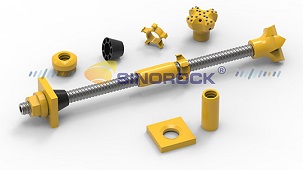
Characteristics of Self-Drilling Rock Bolts
Self-drilling rock bolts offer several advantages over traditional support systems. These characteristics make them particularly effective in weak rock conditions:
- Integration of Drilling, Grouting, and Anchoring: The self-drilling rock bolt combines the processes of drilling, grouting, and anchoring into a single step, eliminating the need for casing pipes and reducing the complexity of installation.
- Efficiency in Difficult Conditions: Self-drilling rock bolts are designed to work in broken, fractured, or loose rock formations. The system ensures a secure anchoring effect, even in challenging ground conditions.
- Adaptability: The hollow anchor bar can be customized by cutting or extending it with couplers to suit specific construction requirements. This adaptability allows for use in narrow or confined spaces where traditional equipment cannot operate.
Why Self-Drilling Rock Bolts Are Ideal for Supporting Weak Rock
Given the unique characteristics of weak rock and the need for an efficient, reliable support system, self-drilling rock bolts offer a range of benefits:
1. Improved Construction Efficiency
Self-drilling rock bolts streamline the process of installation by combining multiple steps—drilling, grouting, and anchoring—into a single operation. This eliminates the need for multiple pieces of equipment and reduces labor requirements, leading to faster installation times and improved construction efficiency.
2. Better Grouting and Anchoring Quality
The hollow anchor bar allows for effective grouting, which consolidates the rock mass and fills fractures. Grouting helps to improve the stability of the rock and ensures a secure connection between the rock and the bolt. Additionally, the self-drilling system enables precise control over grout pressure, ensuring uniform spreading and a more reliable anchoring effect.
3. Versatility in Confined Spaces
One of the standout features of self-drilling rock bolts is their ability to be used in confined spaces. The bolts can be customized in length, and their installation does not require large, bulky equipment. This makes them ideal for areas where access is limited, such as narrow tunnels or regions with complex geological conditions.
4. Cost-Effectiveness
While the initial cost of self-drilling rock bolts may be higher than some traditional methods, the overall cost of construction is often lower. The combination of reduced labor, faster installation times, and lower equipment needs helps to reduce the total cost of tunnel support. Additionally, the improved efficiency leads to fewer delays and lower operational costs.
5. Increased Safety
The use of self-drilling rock bolts significantly improves the safety of tunnel excavation projects. By stabilizing weak rock formations, these bolts reduce the risk of rockfalls, collapses, and other hazardous events. This not only protects workers on-site but also ensures the integrity of the tunnel structure, minimizing the need for costly repairs and delays.
How to Construct Self-Drilling Rock Bolts
The construction of self-drilling rock bolts involves several key steps, each critical to ensuring proper installation and anchoring.
1. Pre-Construction Preparation
Before beginning the installation process, it’s important to prepare all necessary materials and equipment. This includes self-drilling rock bolts, drilling rigs, grouting machines, and the appropriate anchoring agents. Ensuring that all equipment is in working order and that the grouting pipeline is unobstructed is essential to the success of the installation.
2. Drilling and Grouting
Once preparations are complete, the drilling rig is used to drill a hole into the rock formation. The self-drilling rock bolt is then inserted, with the grouting pipe connected to the drilling rig via a rotary grouting adapter. Grouting is performed simultaneously with drilling, allowing the grout to fill cracks and consolidate the rock.
3. Anchoring and Finishing
After the drilling and grouting process is complete, the self-drilling rock bolt is already anchored securely in place during these actions. The bolt is then tested to ensure it provides the required support and stability. Any adjustments or additional bolts are installed as necessary.
Conclusion
In summary, self-drilling rock bolts offer a range of benefits that make them the preferred choice for supporting weak rock during tunnel excavation. Their efficiency, adaptability, cost-effectiveness, and safety advantages make them ideal for dealing with the unique challenges posed by weak rock formations. Compared to other traditional support methods, self-drilling rock bolts offer a more streamlined, reliable, and cost-effective solution, ensuring that tunnel excavation projects can be completed safely and on time.
By embracing self-drilling rock bolts, construction teams can enhance the stability of weak rock, improve safety, and reduce costs, making them an indispensable tool in modern tunnel construction.
latest news
-
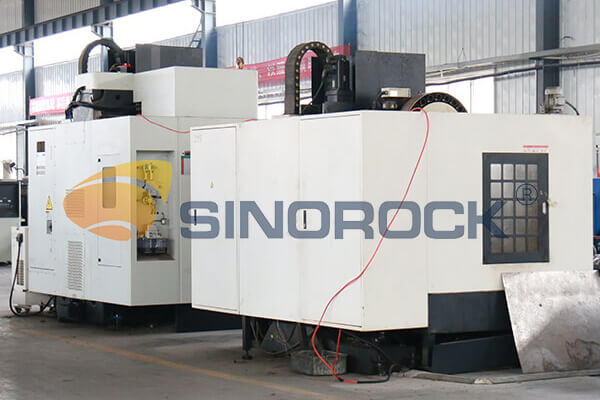
- 3 Crucial Factors That Impact the Quality of Self-Drilling Hollow Bolts
- Time:2025-01-26From:This Site
- As we all know, the quality of the self-drilling hollow bolts is vital to the whole project. It determines if the project is safe for the people in future use. Then, what will affect the quality of the self-drilling hollow bolts?
- View details
-

- Self-Drilling Anchor Bolt Construction in Complex Geological Slope
- Time:2025-01-24From:This Site
- During construction, Self-drilling hollow anchor bolt integrates drilling, grouting and anchoring functions, which significantly improves drilling efficiency. And under the action of pressure pump, the grouting in the rock strata and voids is full, which ensures the grouting thickness and anchoring effect.
- View details
-
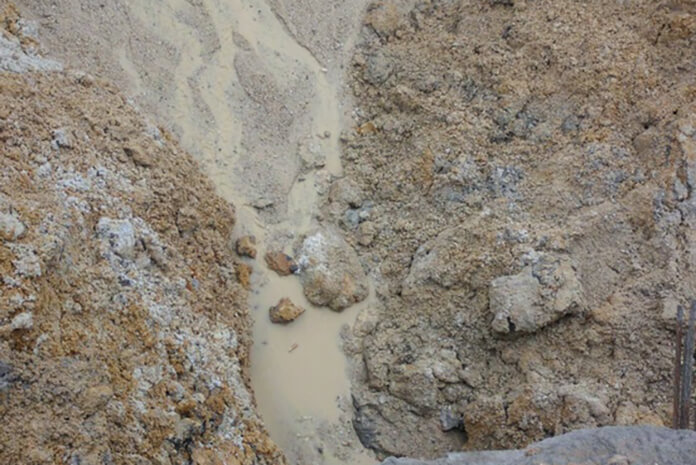
- How Does Self-drilling Rock Bolt Drill in Quicksand Geological Condition?
- Time:2025-01-19From:This Site
- This in-depth guide explores how self-drilling rock bolts function in quicksand geological conditions, covering the challenges, construction methods, and best practices for ensuring effective anchorage in unstable, fluidic soil layers.
- View details
-
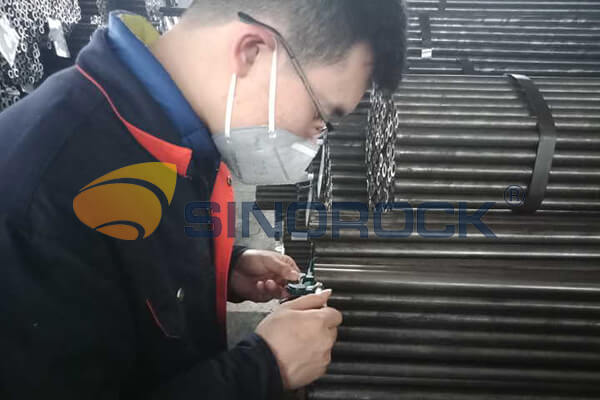
- Quality Control: the Vital Factor of A SDA Bolt Factory
- Time:2025-01-09From:This Site
- Sinorock’s comprehensive quality control system, from supplier management to outgoing inspections, ensuring the highest standards for self-drilling anchor bolts in construction.
- View details
-
.png)
- International Women's Day with Strawberry-picking
- Time:2024-03-09From:This Site
- Marked the annual observance of International Women's Day, and to commemorate this significant event, Sinorock organized a special strawberry-picking event exclusively for its female employees.
- View details
-

- Celebrate the 74th anniversary of the founding of the People's Republic of China
- Time:2023-10-01From:This Site
- On October 1st every year, we observe the annual National Day, commemorating the birth of our beloved motherland.
- View details
-
.jpg)
- SINOROCK to Attend EXPOMINA PERÚ 2024 in Lima, Peru
- Time:2024-08-10From:This Site
- Sinorock to Attend EXPOMINA PERÚ 2024 in Lima, Peru
- View details
-
.jpg)
- SINOROCK to Participate in MINING AND METALS CENTRAL ASIA 2024
- Time:2024-08-08From:This Site
- SINOROCK to Participate in MINING AND METALS CENTRAL ASIA 2024
- View details
-
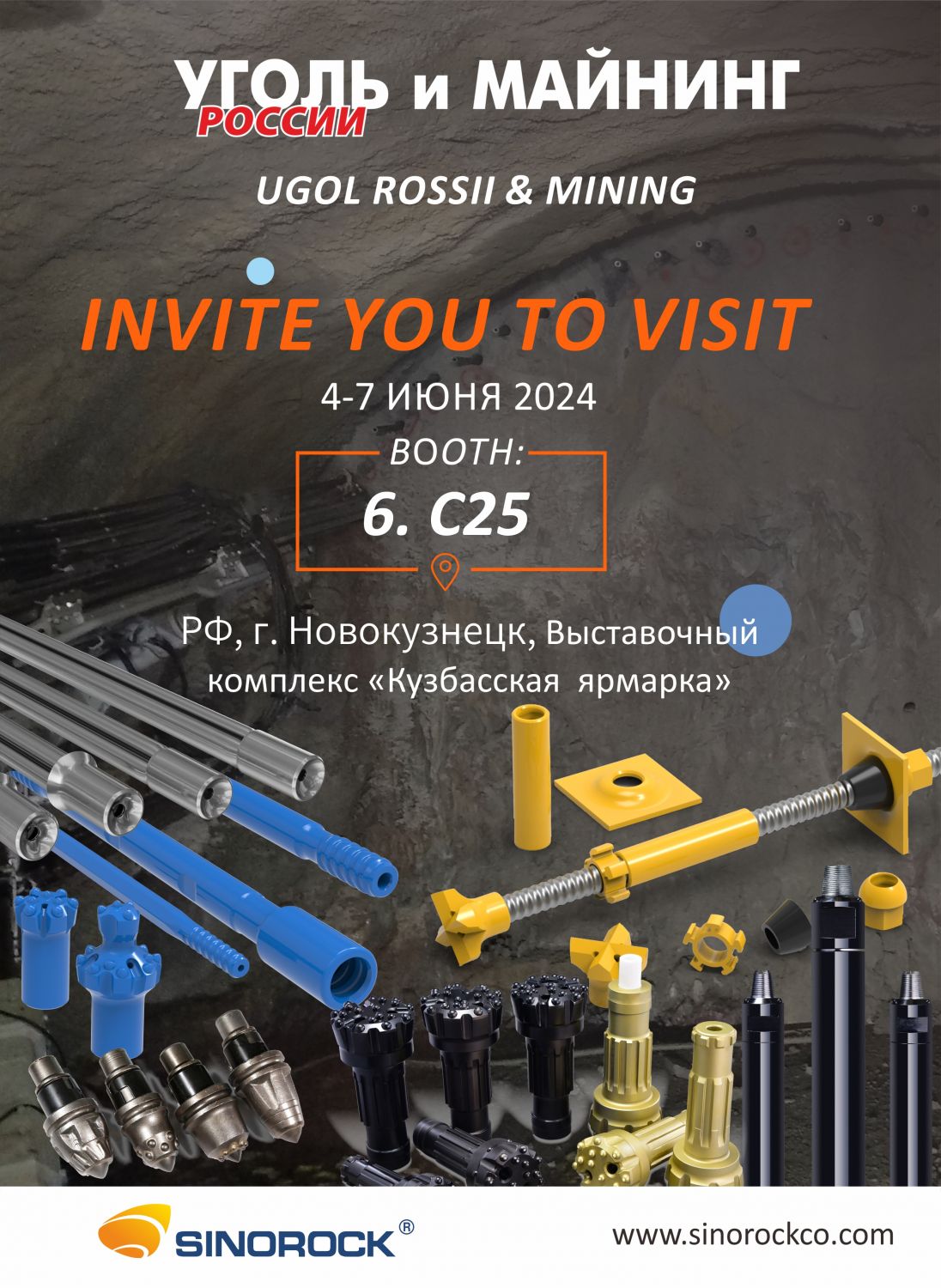
- SINOROCK Gears Up for UGOL ROSSII & MINING 2024 with Custom Mining Solutions
- Time:2024-05-15From:This Site
- SINOROCK is thrilled to announce its participation in the highly anticipated 32nd International Trade Fair for Mining Technology, UGOL ROSSII & MINING 2024. The event will take place at the Exhibition complex "Kuzbass Fair" in Novokuznetsk, Kemerovo region - Kuzbass, Russia, from June 4th to 7th, 2024.
- View details
 Download
Download 


